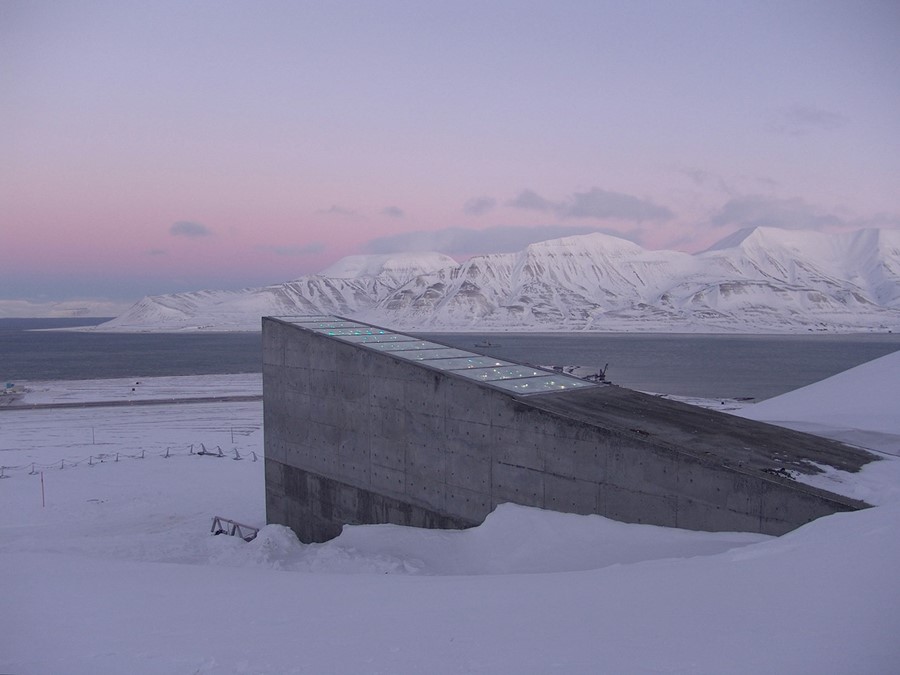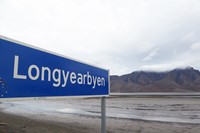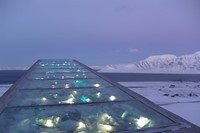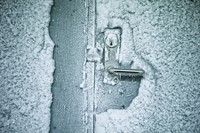super/collider ventures deep into a secure vault on the Svalbard Archipelago in Arctic Norway, where a bank of seeds from over 840,000 plant species is hidden for posterity
Where on Earth?
Longyearbyen, Norway
GPS Coordinates: 78°14′N 15°29′E
It’s a brilliantly clear spring morning in the year 2525, and the sun is slowly returning to the Arctic. Rising fully above the horizon for the first time in months, its orange rays slowly creep across the barren landscape towards a weathered concrete monolith set into the side of a mountain. Down below, a few twisted metal remnants mark what’s left of what was, centuries ago, an airport. A small herd of reindeer file across the former runways, while out in the bay a pod of whales surface and break the silence with their spray.
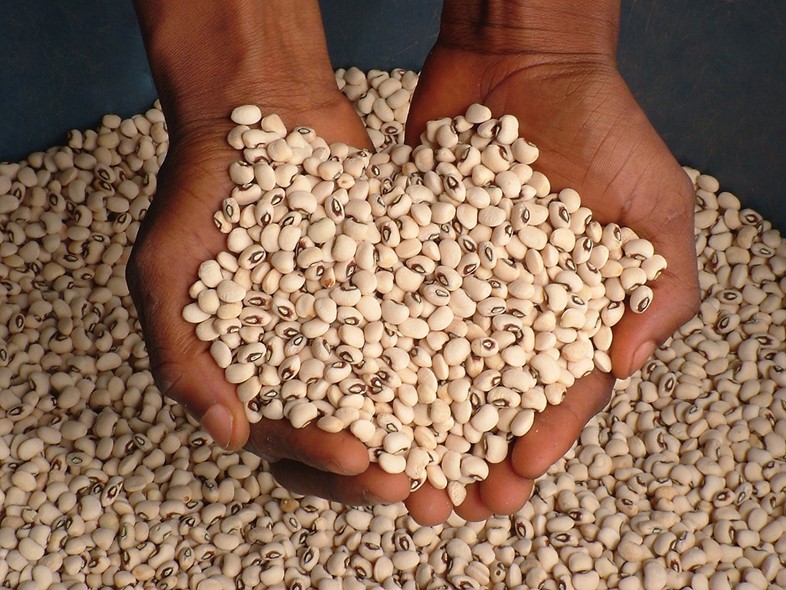
Crunching across the frozen ground, the lead members of the expedition pause to scan the hills through binoculars. As the sun strikes the isolated structure, its shattered glass top suddenly catches the morning light, revealing their destination. Following the Great Die-Off in the early 21st century and the quiet, empty ones that came after, the world is slowly returning to normal – but much has been lost. The elite team has come to the far north in search of a rumoured storehouse: one that holds the secret to recolonising the planet. Buried beneath the permafrost, according to pieced-together stories and maps, is an underground vault containing the seeds from millions of plants that once colonised a green, fertile planet. With the seas receding and the temperature returning to normal, the world is ready to be replanted.
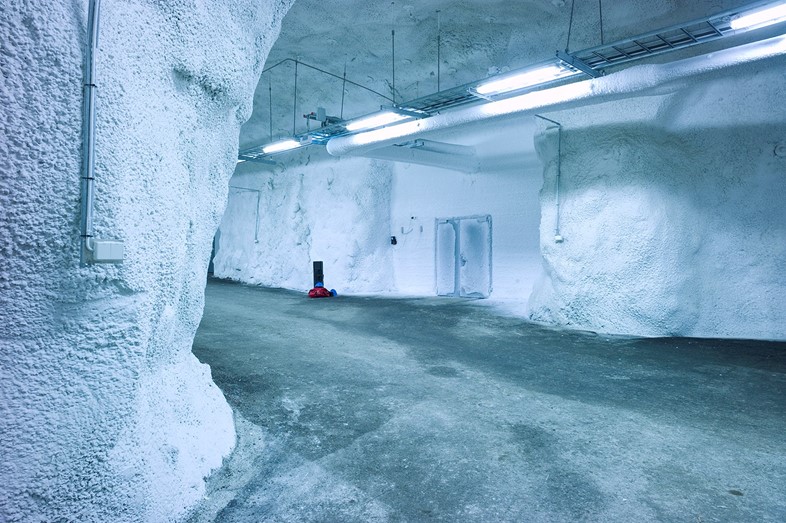
What on Earth?
While it hopefully won’t come to it, the above scenario is plausible – because buried in a secure vault on the Svalbard Archipelago in Arctic Norway is a bank of seeds from over 840,000 plant species and counting. The vast cavern covers over a thousand square metres and is set 100m inside a mountain called Platåfjellet, just above the remote airstrip at Longyearbyen, the capital and main settlement of Svalbard. Stored inside the facility’s three 9.5 x 27m vaults is a meticulous collection of all the world’s most important food crops, ancient varieties of wheat, endangered trees and other species.
Inside the dark, frozen rooms, there is enough space to store up to 4.5 million different plant types – a total of 2 billion seeds. The idea is to create a centralised, ultra safe back-up for the world’s various seed and gene banks, which are vulnerable to war, natural disasters and other catastrophes. A seed bank in Syria, for example, recently requested samples to help establish a new facility in Lebanon, away from the current fighting. Chilled to a constant temperature of -18°, the samples at Svalbard can theoretically last for hundreds, even thousands of years before being sprouted and planted.
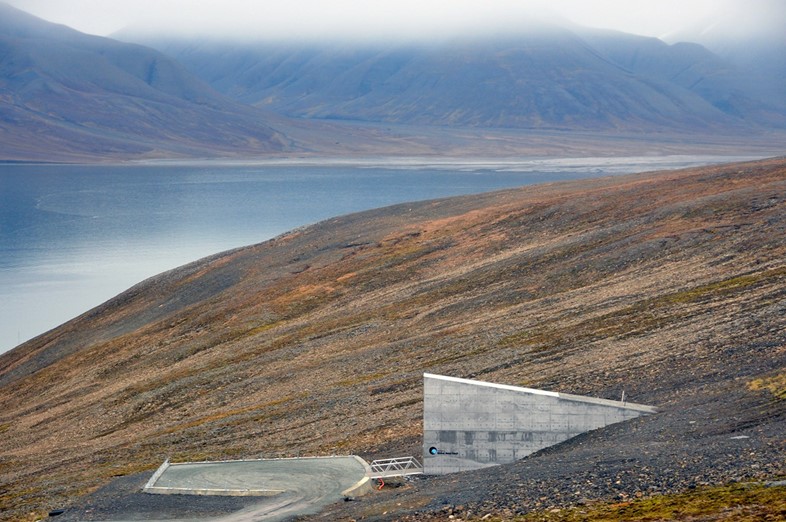
How on Earth?
The secure facility is closed to the public, but you can walk or drive to the entrance next time you’re in Longyearbyen. Alternately, you can take pretty nifty virtual tour right now, here.
